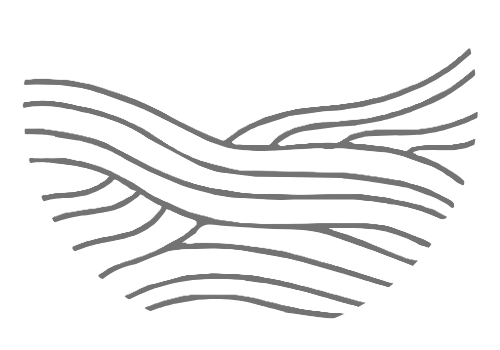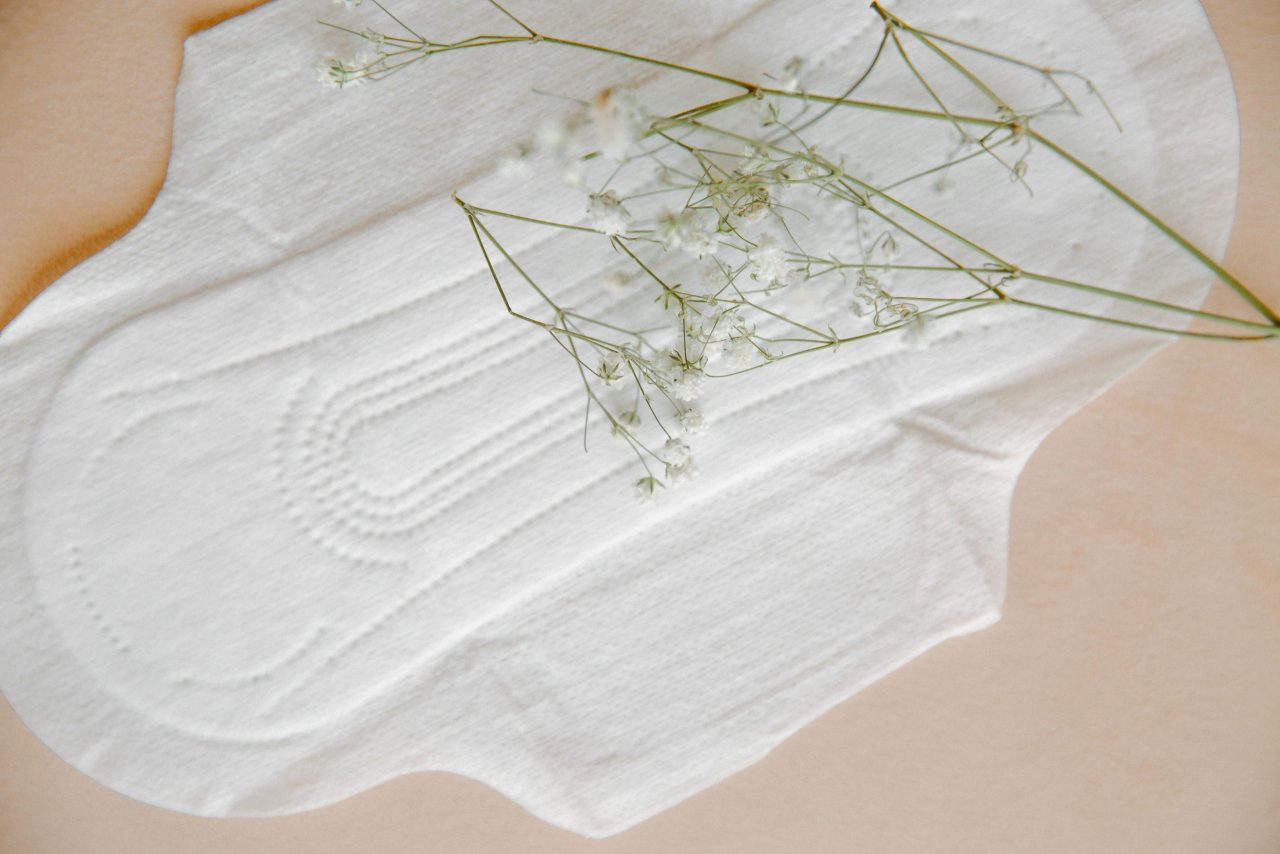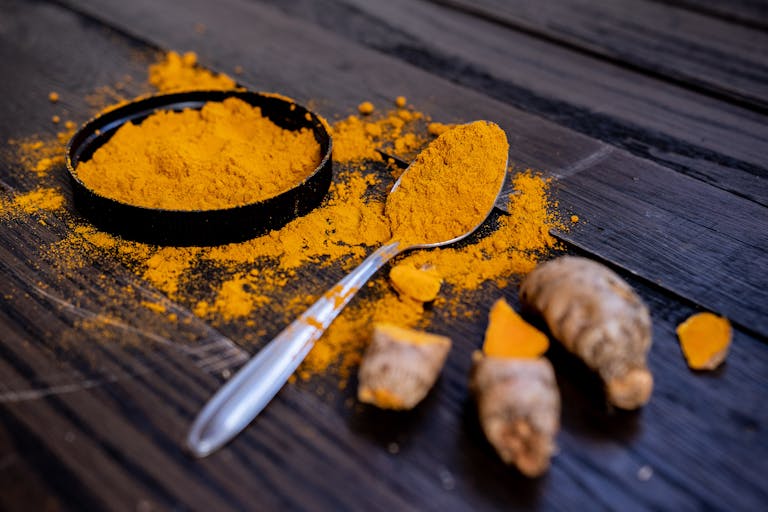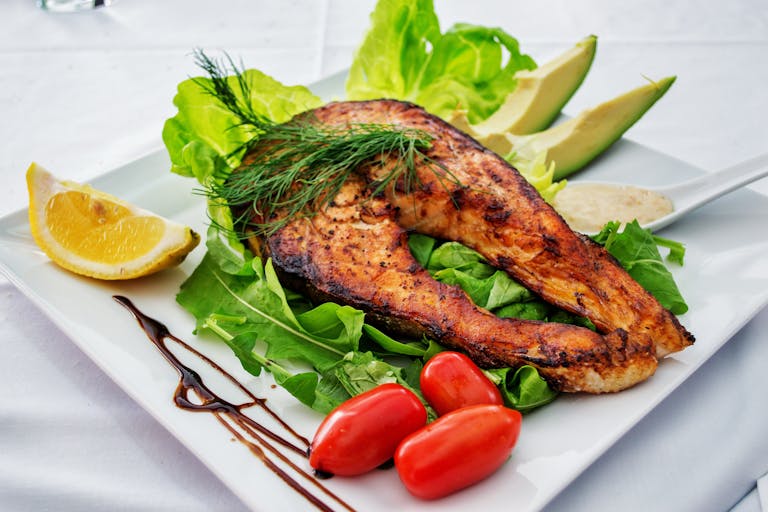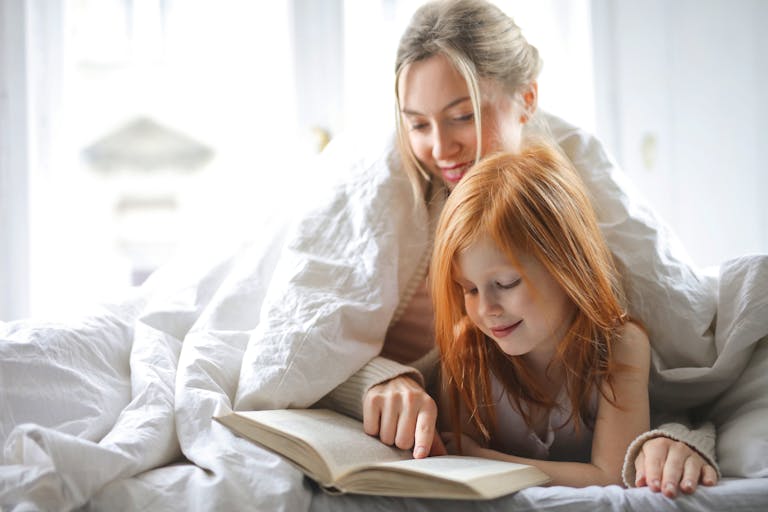Looking back at my own experience getting my first period in 7th-grade math class, I wish I’d been better prepared. That moment taught me something important: when girls aren’t prepared for their first period, it can be scary and overwhelming. But it doesn’t have to be that way! I’ve spent a lot of time thinking about what would have helped me feel more confident and prepared during that time, and I want to share these insights with you. Together, we can help make this milestone easier for our daughters than it might have been for us.
Understanding the Signs That Your Daughter’s First Period Is Approaching
Let me tell you something I learned – periods rarely arrive without sending some advance notices! I remember noticing changes in my body months before my first period, but I didn’t know what they meant. Now I understand these were all typical signs of approaching menstruation.
The most noticeable sign is often breast development, which typically begins about two years before the first period. I felt self-conscious about the jiggle under my shirt until I got my first bra (now I wish I had held off on that, but that’s a different story). You might notice your daughter beginning to develop breast buds – small, tender lumps under the nipples that signal the start of breast development.
Another clear sign is the appearance of pubic hair, which usually starts sparse and fine before becoming coarser and darker. Growth spurts are another big indicator – I shot up three inches in the months before my first period! You might notice your daughter outgrowing shoes more quickly or complaining about growing pains in her legs.
Vaginal discharge is perhaps the most direct sign that menstruation is approaching. About six months to a year before their first period, girls begin to notice a clear or whitish discharge in their underwear. I remember being worried about this and wish someone had told me it was perfectly normal and actually a good sign that my body was preparing for menstruation.
Family history can be a helpful predictor, though it’s not an exact science. While girls often get their first period around the same age their mothers did, research shows that puberty is generally starting earlier than it did in previous generations. Though the average age for a first period in the United States is still around 12, it’s now normal to start anywhere between 8 and 15 years old. This is why it’s so important to start having conversations about periods earlier than you might expect. Remember though, every girl’s body has its own timeline!
Creating an Open Dialogue About Menstruation
When it comes to talking about periods, timing is everything. I still remember sitting through class in absolute panic when I got my first period, too mortified to tell anyone and counting the minutes until I could rush to the bathroom. Trust me, you want to start these conversations well before the first period arrives – no girl should have to silently panic through math class like I did!
I’ve found that natural moments often present themselves for these discussions. Maybe your daughter notices menstrual products in the bathroom, or perhaps she asks about a menstruation-related commercial on TV. These are perfect opportunities to start casual, pressure-free conversations. My strategy? Keep it simple and matter-of-fact at first, then build on the information as she shows interest and understanding.
One approach that works well is sharing your own experiences – but keep it positive! I’m honest about my first period story (yes, that memorable math class), but I focus on how I managed it and what I learned, rather than any embarrassment. This helps normalize the experience and shows your daughter that she can handle it too.
Remember that the best conversations often happen in small, natural moments rather than formal sit-down talks. Children are naturally curious but tend to open up more when they don’t feel pressured. Instead of asking direct questions, try sharing simple observations like ‘I noticed most women bathrooms have a special machine for period supplies’ or ‘Look at how much taller your cousin has gotten since she started puberty.’ Then pause and see if your child picks up the conversation thread.
Sometimes they might change the subject immediately – that’s perfectly fine! Other times, they might surprise you with questions or comments of their own. The key is to keep these moments light and casual, making it clear that talking about periods is as normal as discussing what’s for dinner. When I was young, I wish my mom had taken this approach rather than waiting for the ‘perfect moment’ for one big talk – which never came – or leaving the education up to school. By sprinkling these small conversations throughout everyday life, you create multiple opportunities for your child to learn and ask questions when they feel ready.
Essential Items to Have Ready Before the First Period
Let’s talk practical preparation – something I wish my mom had done with me! Creating a period kit isn’t just about having supplies; it’s about giving your daughter confidence and peace of mind. I remember wadding up toilet paper in the school bathroom and praying it would last until I got home. Trust me, spending an entire afternoon worried about leaks and checking the back of your pants isn’t a memory any girl wants!
Think about it: what could have made that day less stressful? Just having a couple of pads tucked away in my backpack would have changed everything. Even better would have been knowing exactly where to find supplies at home and how to use them properly. That’s why I’m passionate about helping parents get ahead of this moment.
Start with the basics: pads are typically the best option for beginners. I recommend getting a variety of absorbencies, including pantiliners for light days and regular pads for heavier flow. While tampons are an option, they usually aren’t necessary right away. When shopping, look for pads labeled “teen” or “slim” – they’re designed specifically for younger bodies.
Create an emergency kit that’s small enough to fit in her backpack or locker. I suggest using a small, dark-colored makeup bag or pencil case – nothing that screams “period supplies!” Include two or three pads, a clean pair of underwear, and some individually wrapped wet wipes. Pro tip: add a small bottle of portable hand soap rather than hand sanitizer – it’s gentler and more effective.
Don’t forget comfort items! A heating pad or stick-on heating patches can be lifesavers for cramps. Dark-colored, comfortable cotton underwear is essential – I learned this lesson the hard way! Consider getting a few pairs of period underwear1 as backup protection; they’ve come a long way since we were teens and can be a huge confidence booster.
Teaching Practical Period Management Skills
This is where we get into the nitty-gritty details that make a real difference. I remember standing in the bathroom at school, staring at a pad wrapper like it was written in hieroglyphics! Let’s make sure your daughter feels more confident than I did.
Teaching her how to use period products properly is crucial. Walk through the process step-by-step, starting with how to unwrap and position a pad. One tip I wish I’d known earlier: the wings on pads aren’t just decorative – they help prevent leaks by wrapping around the underwear! Show her how to properly dispose of used products by wrapping them in toilet paper or their wrappers (never flush them!).
Period tracking is another essential skill that helps build body awareness. I didn’t start tracking my periods until much later, and I really wish I had started sooner! These days, there are great apps available, but a simple calendar works just as well. Teach her to note not just the start and end dates, but also any symptoms or changes in flow. This information becomes invaluable for predicting future periods and identifying any potential concerns.
Let’s talk about leak management – because it happens to everyone! I still remember the panic of discovering a leak during PE class. Teach your daughter that dark-colored bottoms are her friend during heavier days, and always keep a sweater or jacket handy to tie around the waist just in case. Show her how to check for leaks discreetly and remind her that she can always ask to use the bathroom during class if needed.
Supporting Your Daughter’s Physical and Emotional Wellbeing
Physical comfort during periods isn’t just about managing symptoms – it’s about understanding what’s normal and what isn’t. I wish someone had told me that while cramps are common, severe pain that interferes with daily activities isn’t normal and should be discussed with a healthcare provider.
When it comes to exercise and activities during periods, encourage her to listen to her body. Some days she might feel energetic enough for a marathon practice, while other days might call for gentler activities. Share practical tips like wearing darker shorts during PE class or keeping extra supplies in her gym bag.
Nutrition plays a bigger role than I realized as a teen. Iron-rich foods can help combat fatigue, and staying hydrated can actually help reduce bloating. I’ve learned that small, frequent meals often work better than large ones during periods. Keep healthy snacks available and encourage regular meals – skipping breakfast won’t help with cramps!
Navigating Social Situations and Building Confidence
The social aspects of managing periods can be tricky to navigate. I remember the whispered conversations with friends and the anxiety about people “knowing.” Help your daughter understand that periods are nothing to be ashamed of, while respecting that she might want privacy.
Create a code word or signal she can use if she needs help or supplies in public. My volleyball teammates and I used to ask for a “pencil” when we needed a pad or tampon – it worked perfectly! Encourage her to identify trusted adults at school, like the nurse or a favorite teacher, who can help if needed.
Building confidence comes from being prepared and knowing how to handle different situations. Practice scenarios like asking to use the bathroom during class or dealing with unexpected spotting. I remember feeling so much more confident once I had a plan for various situations that might arise.
Remember to highlight that every girl’s experience is different. Some might have lighter periods, others heavier. Some might experience cramps, others might not. The key is understanding her own patterns and knowing when to seek help.
Final Thoughts
In conclusion, preparing your daughter for her first period is about more than just handing her supplies – it’s about empowering her with knowledge, confidence, and support. By having open conversations, being prepared with supplies, and teaching practical management skills, you can help make this transition smoother than many of us experienced. Remember, your goal isn’t to make this milestone perfect, but to ensure your daughter knows she has the tools and support to handle it with confidence.
And here’s one final thought: the way we handle this conversation can impact how our daughters view their bodies and themselves for years to come. Let’s make sure they know that periods, while sometimes inconvenient, are a normal, healthy part of life – not something to be embarrassed about or ashamed of. Together, we can help create a more positive experience for the next generation of young women.
- Full disclosure: This post may contain affiliate links. If you make a purchase through these links, I may earn a small commission at no additional cost to you. Using these links helps support this site and allows me to continue creating helpful content for our community. I only recommend products I genuinely believe in and use myself. Thank you for your support! ↩︎
